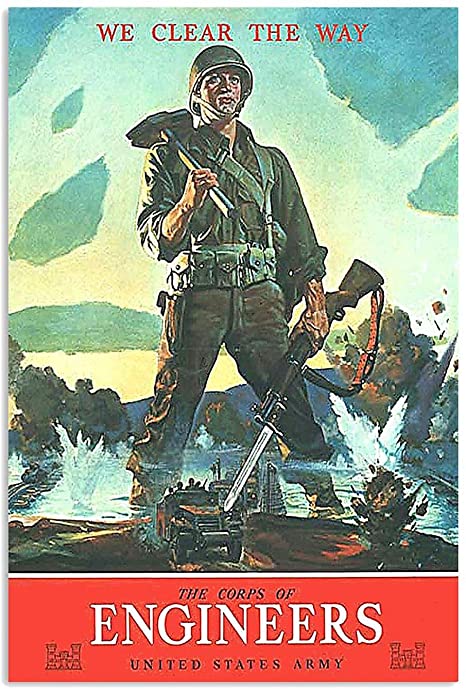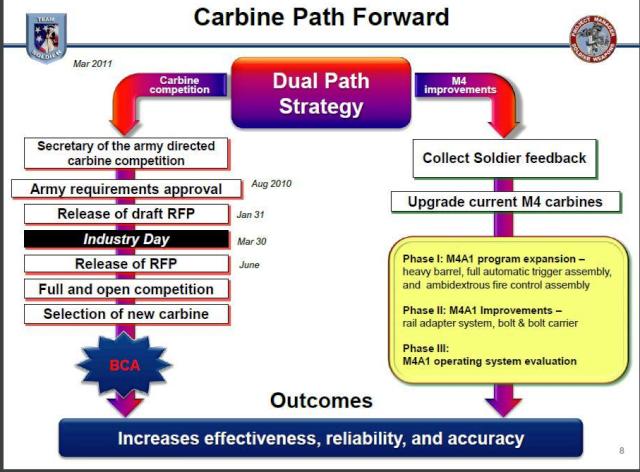I knew the Depart of Justice had become politicized under the Obama Administration but I still held out hopes for institutions like the US Army. It appears that my hopes were in vain. Based upon the document embedded below, the Army’s Congressional Liaison Office has as many political toadies as the Civil Rights Division of the DOJ.
It appears that someone in either the Department of Justice or the White House has prodded the Army to go public with their “concerns” about the potential transfer of about 92,000 M1911A1 pistols to the Civilian Marksmanship Program. I wrote about the budget amendment put forth by Rep. Mike Rogers (R-AL) that would save taxpayers $200,000 annually by transferring these pistols to the CMP. It is a win-win plan.
Specifically, the Army worries that this transfer could be a threat to public safety, that the pistols would not be traceable, and that it might violate the Gun Control Act of 1968. If the person or committee that wrote this white paper must be depended upon to protect our nation against all enemies, foreign or domestic, then we are sunk. I have not read anything so mealy mouthed in a while.
Let’s review the rules for purchasing firearms or ammo from the CMP. First, and foremost, they don’t sell to just anyone. You have to be an eligible individual. To be eligible, you must:
- Provide proof of US citizenship
- Provide proof of age
- Be a member of a CMP affiliated club
- Provide proof of marksmanship activity
- Be legally eligible to purchase a firearm
The CMP runs a FBI NICS check on every sale which negates the first objection of the Army and DOJ. If you live in certain states, they ship the rifle to a FFL for the final transfer.
They also keep records on every sale and can provide serial number traces. They do this for a fee for individuals who want to know if their M1 Garand originally came from the CMP. Again, this negates the objection about traceability.
The white paper is correct that the CMP is not a FFL. However, they have been exempted from GCA68.
Finally, the CMP is distinctly concerned with marksmanship and firearms safety. They are not going to be selling guns to the Crips, Bloods, or Latin Kings OR felons OR those convicted of domestic violence OR those adjudicated mentally ill.
Let’s call this white paper what it is – utter bullshit. The officers in the Army that my Dad served for 28 years would have been ashamed to put this out.


